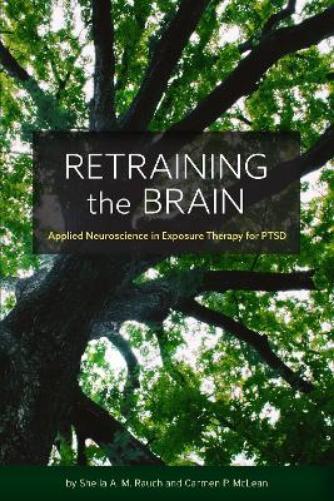
Retraining the Brain
Applied Neuroscience in Exposure Therapy for PTSD
Click here to join our rewards scheme and earn points on this purchase!
Release Date: 11/05/2021
Applied Neuroscience in Exposure Therapy for PTSD
A clinician-driven, research-based review of the theory and applicable neuroscience informing prolonged exposure therapy, a cognitive behavioral approach designed specifically for PTSD patients to reduce pathological anxiety and related emotions.
Rauch and McLean bridge the gap between neuroscience research and the treatment of PTSD patients.
Individuals with PTSD have developed automatic associations between specific stimuli and traumatic events. As a result, these individuals experience intense fear when exposed to the stimuli, even though the original threat is no longer present.
This book presents prolonged exposure therapy (PE), a specific manualized exposure therapy program for PTSD. A variant of exposure therapy, PE is a cognitive behavioral approach designed to reduce pathological anxiety and related emotions by helping patients approach relatively safe but distress-provoking thoughts, memories, situations, and stimuli, with the goal of reducing unhelpful emotional reactions to those stimuli.
Informed by extensive research but written for clinicians, the book explains how neuroscience can guide our application of the three key components of PE: (1) psychoeducation about the nature of trauma, (2) in vivo exposure to trauma reminders, and (3) imaginal exposure to the memory of the traumatic event followed by processing of the imaginal and other exposures.




